Beyond the Book
Historical research is an on-going process, and new items of interest can pop up unexpectedly from surprising sources. This first section was contributed recently by Alan Lipsitz of Savannah, Ga.
The second section (please scroll down) contains photos not in the book, but from a presentation in October, 2024. The 60 page booklet includes generous illustrations…news clippings, ads, photographs, brochures and more.

"I ran across your name regarding a publication you were working on chronicling the history of Masterfreeze Corporation. In 1960, my Father was in the frozen food distribution business."
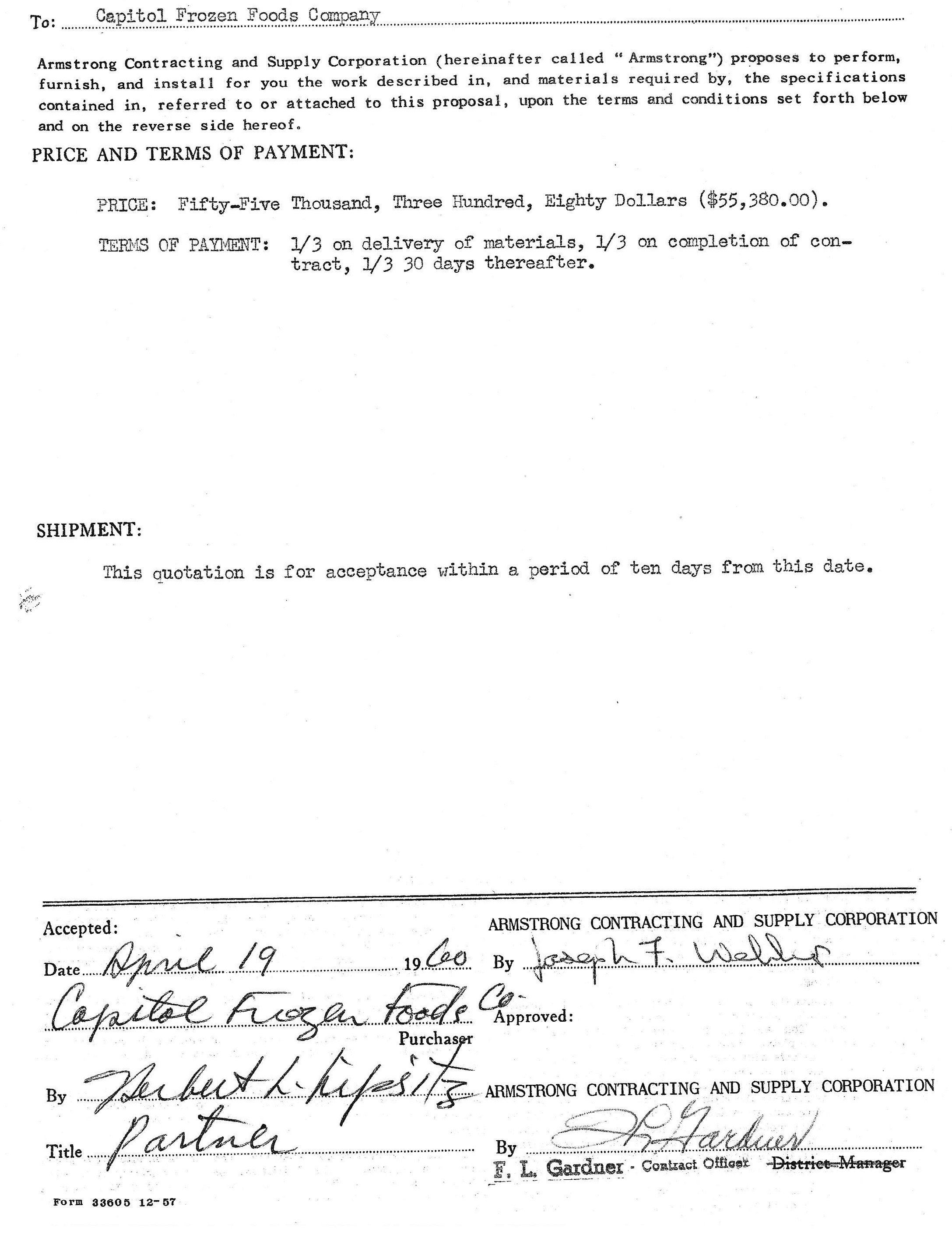
"The business was growing, and he wanted to add additional freezer space. The attached documents his contracting with the Armstrong Contracting Company to build a new freezer using Masterfreeze panels."

" Here's a news article that ran in the local paper in 1960 highlighting this revolutionary new method of freezer construction."

"a few pictures of our building in the early 90’s."

"The building served us well for over 30 years."


"Unfortunately, we closed the business in 1991, the building fell into disrepair and was eventually demolished."

Parts of Door County where Anderson and Beckstrom ancestors settled, beginning in 1859. Source: 1899 Platbook

Before electricity, ice was cut from the bay and stored over the summer in "Ice Houses" insulated with sawdust.
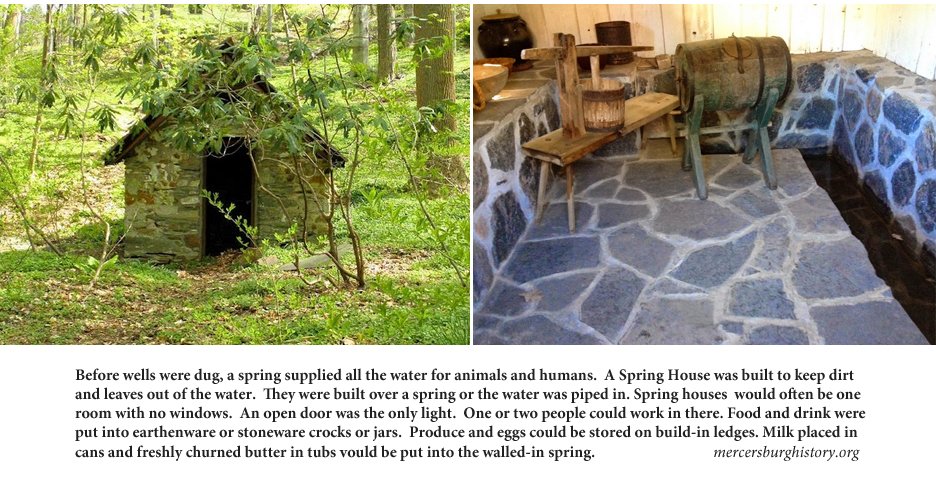
Other non-electric methods of preserving food was storage in a Spring House.
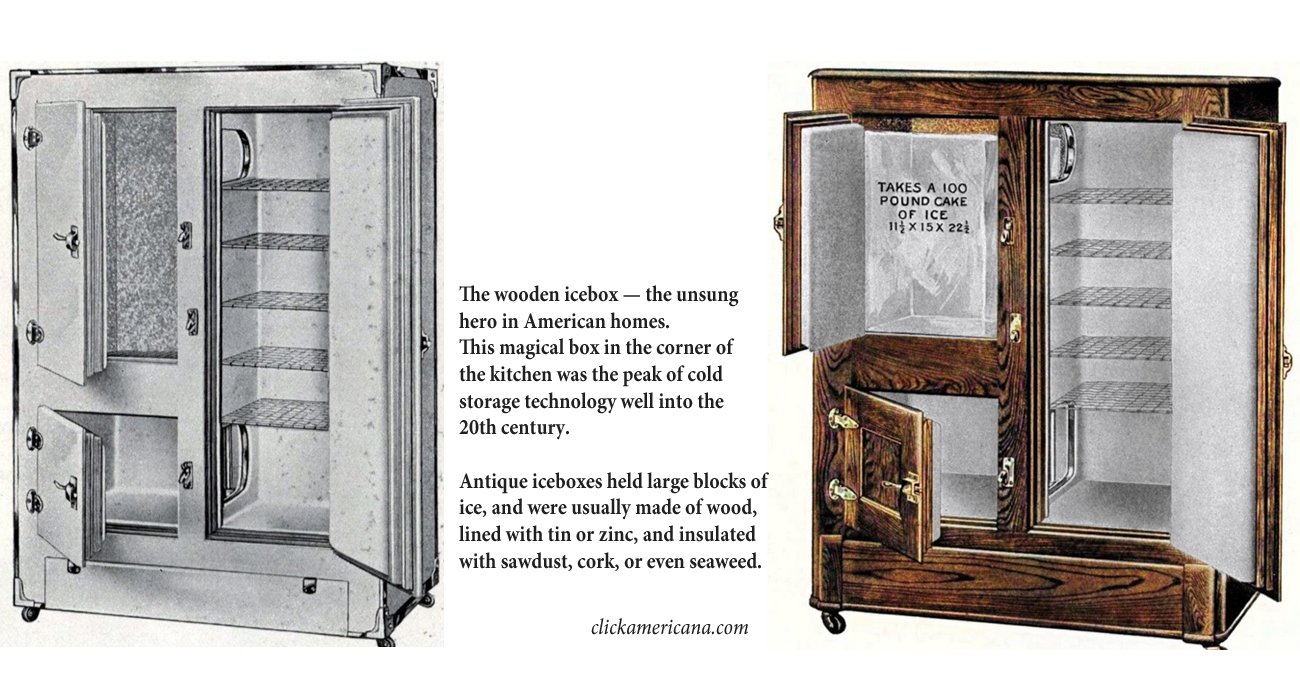
Blocks of ice were delivered to homes and businesses before electrification.
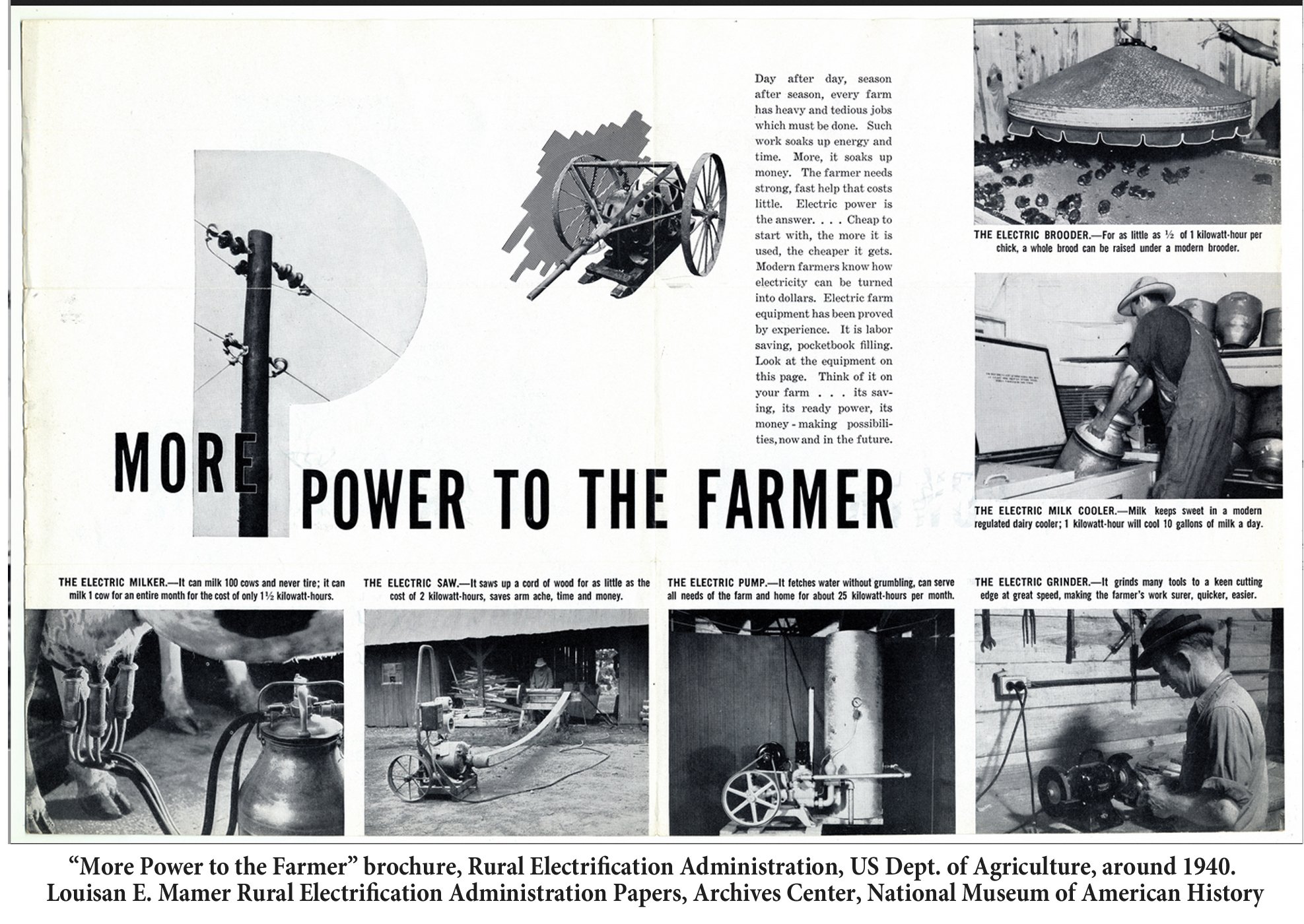
In 1930, 90% of rural American did not have electricity. Even with the Rural Electrification Program, still only 40% had power in the mid 40s.
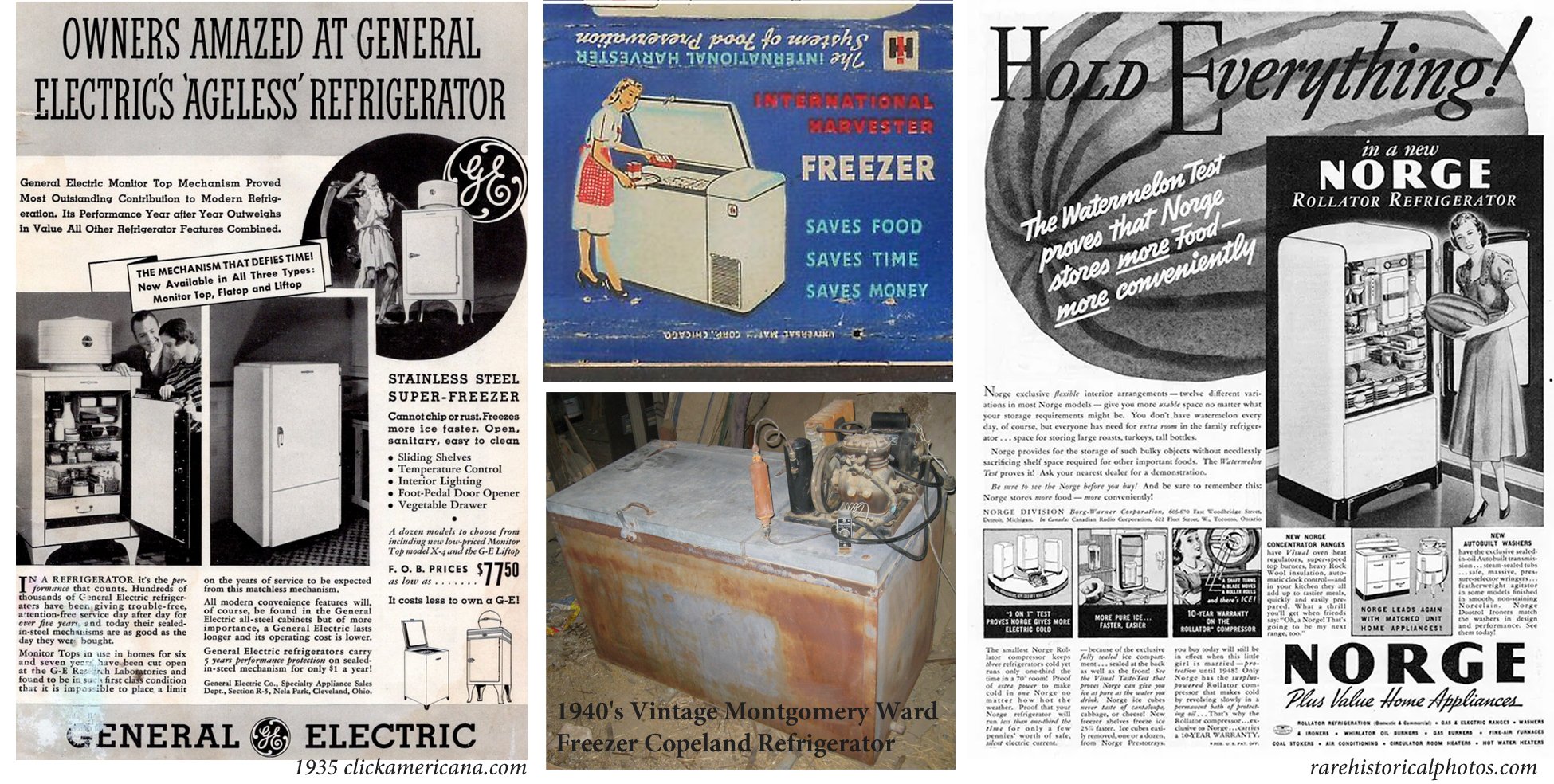
Early Masterfreeze products looked similar to the center bottom model.

Masterfreeze ran many ads in the Door County Advocate. Hiring was eased by the numbers of young men returning from military service.
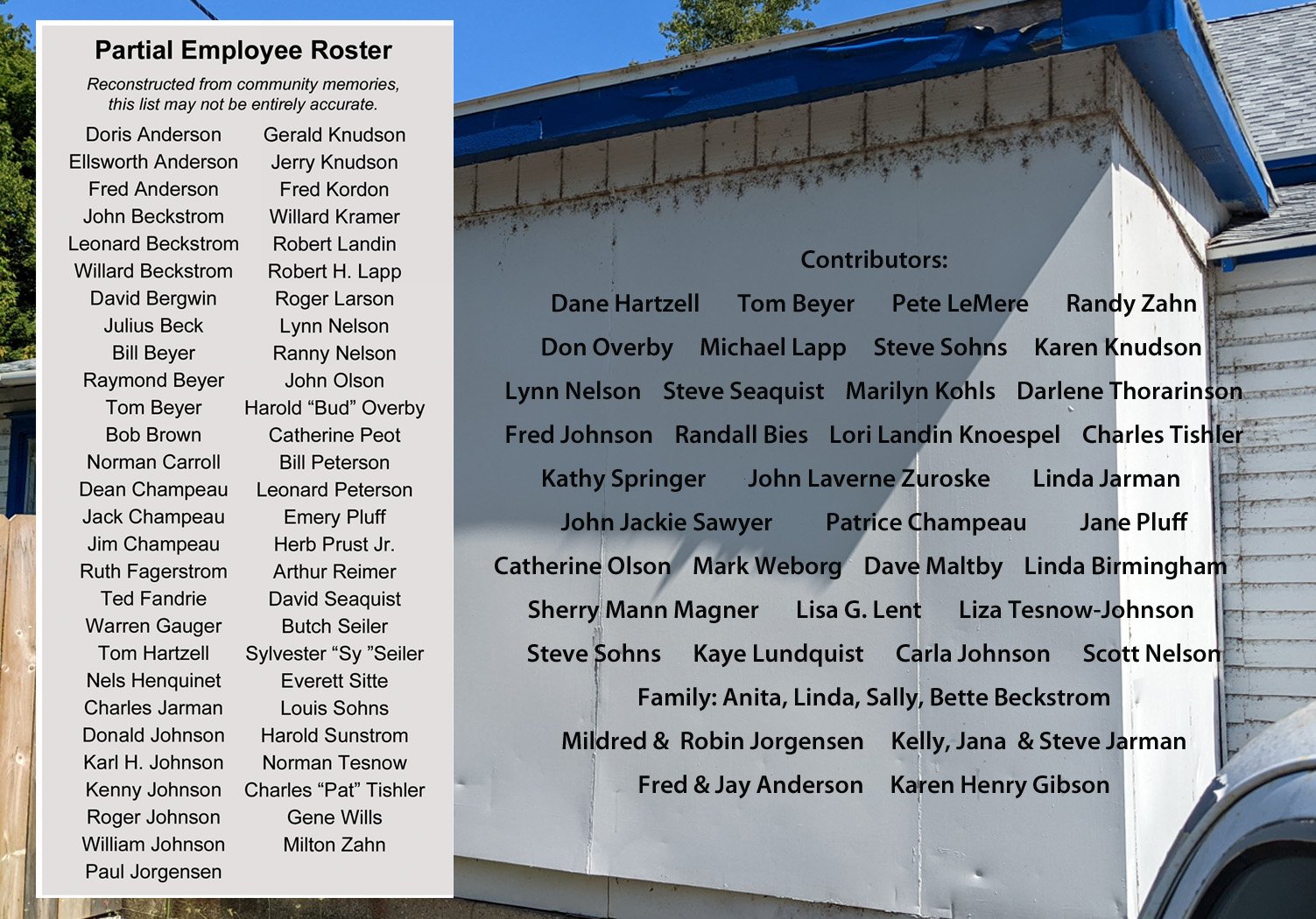
Roster included in the book, and the names of contributors to this project.

Some of the adventures of Nels Henquinet, from Egg Harbor, flanked by the author's great grandfather and her dad.
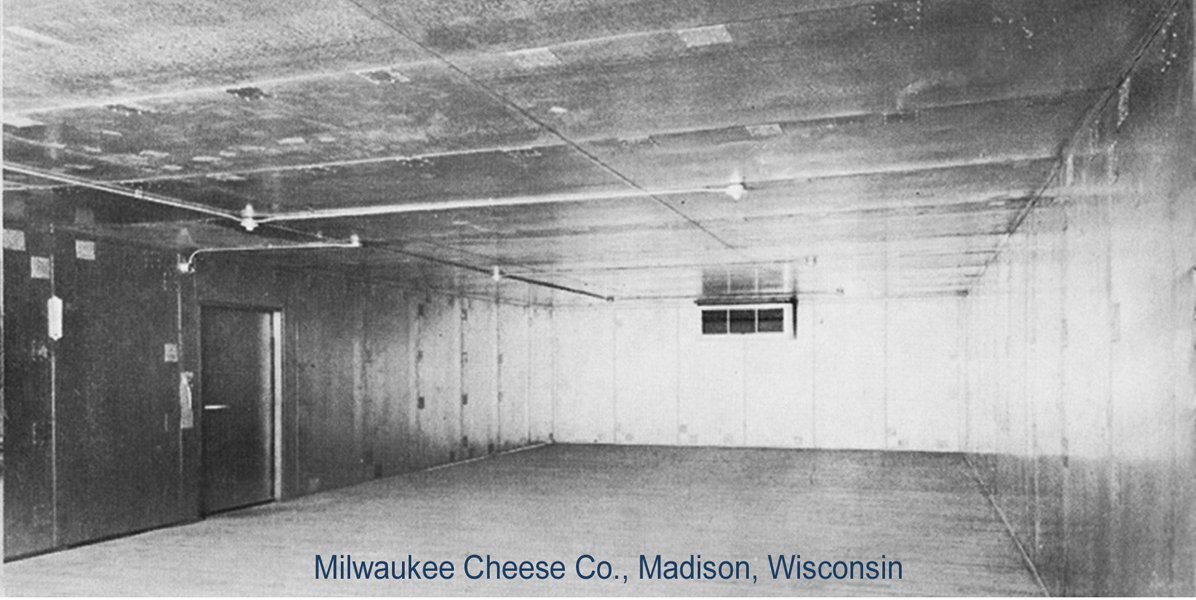
Enlargements of small photos from the Armstrong brochure in the book.
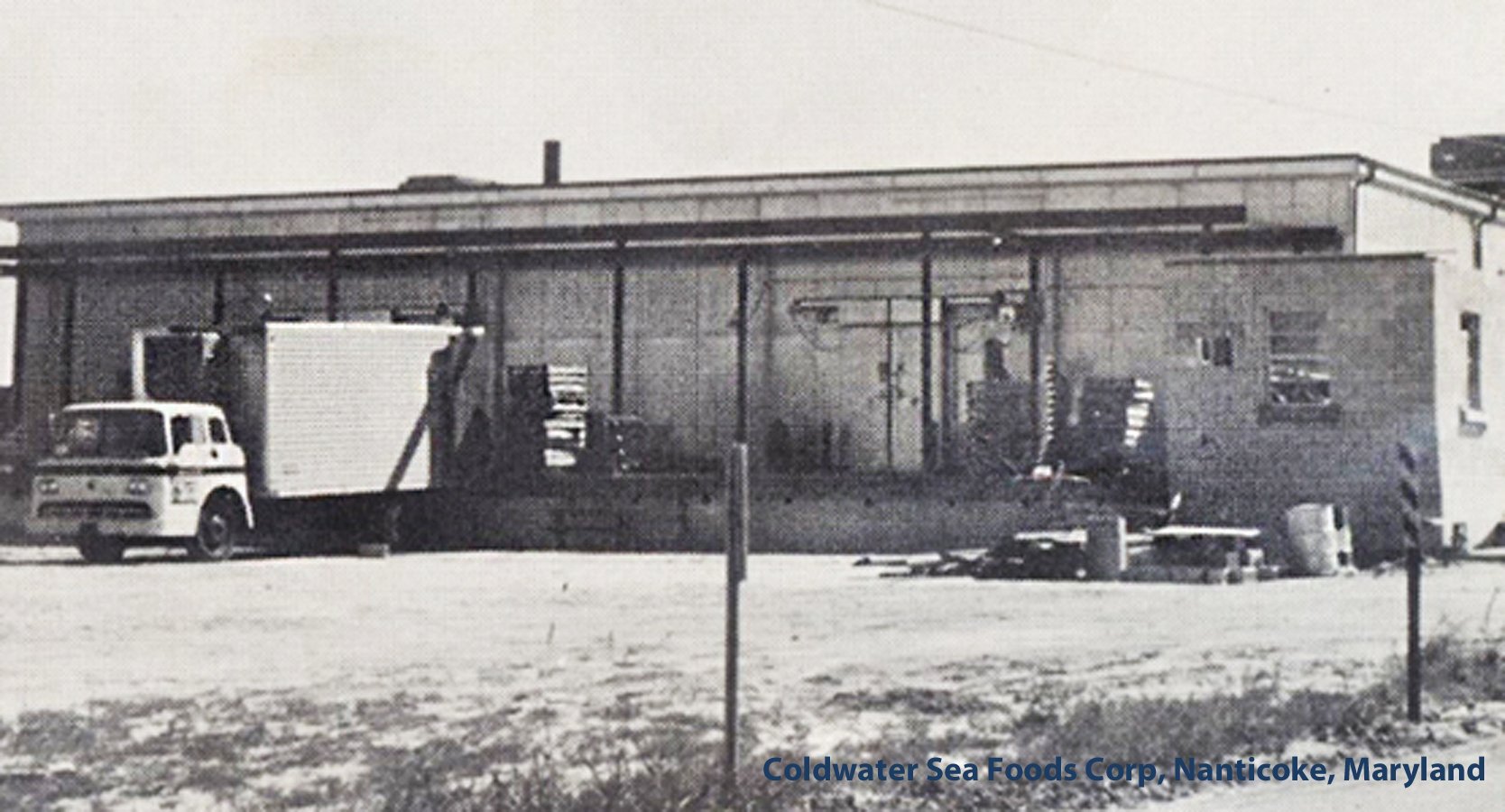



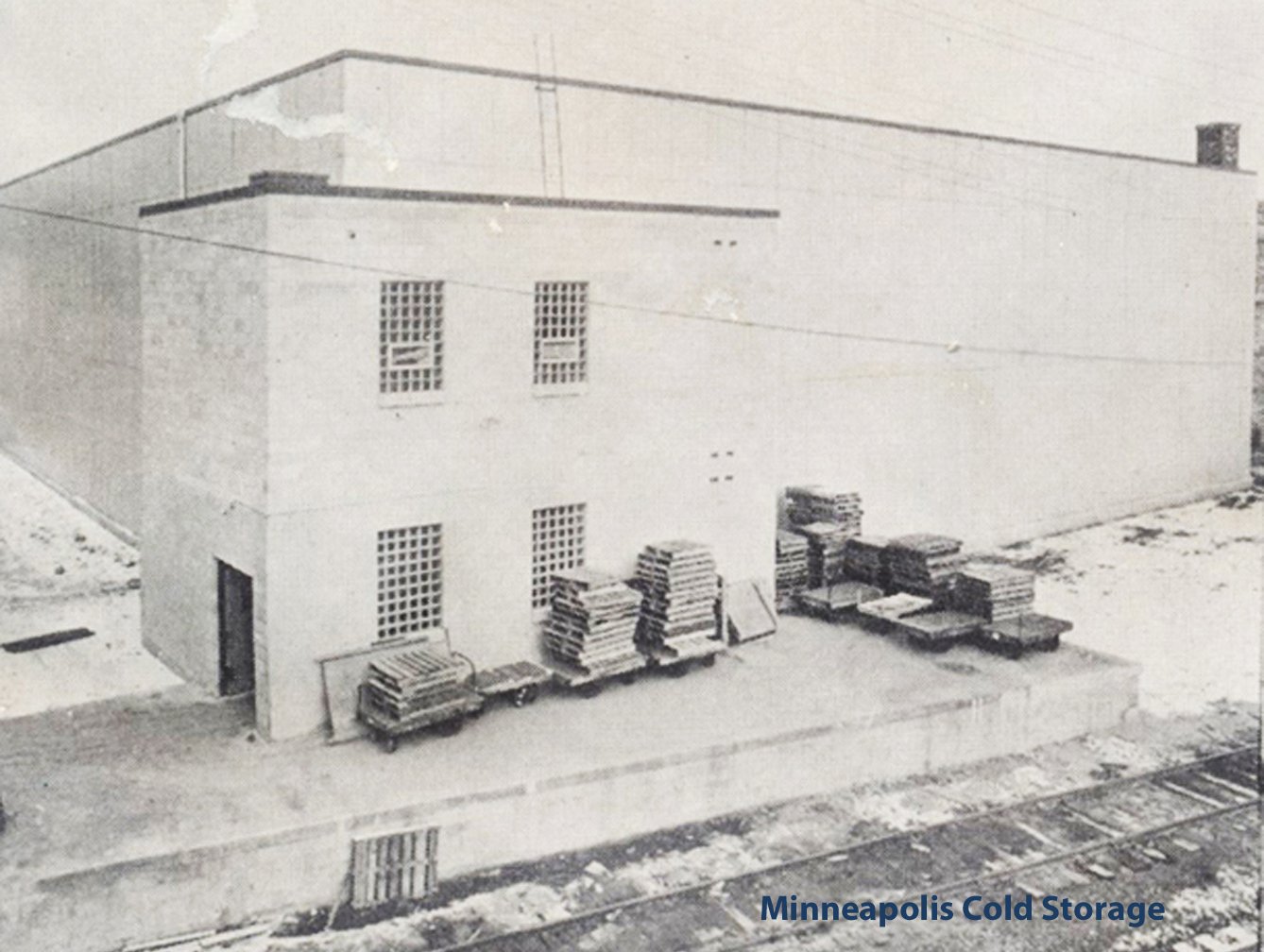


Sheet metal, aluminum and insulating materials were delivered to Sturgeon Bay via the Ahnapee and Western Railroad. Shipping and travel costs to and from Door County were one of the factors leading to the close of Masterfreeze in 1966.
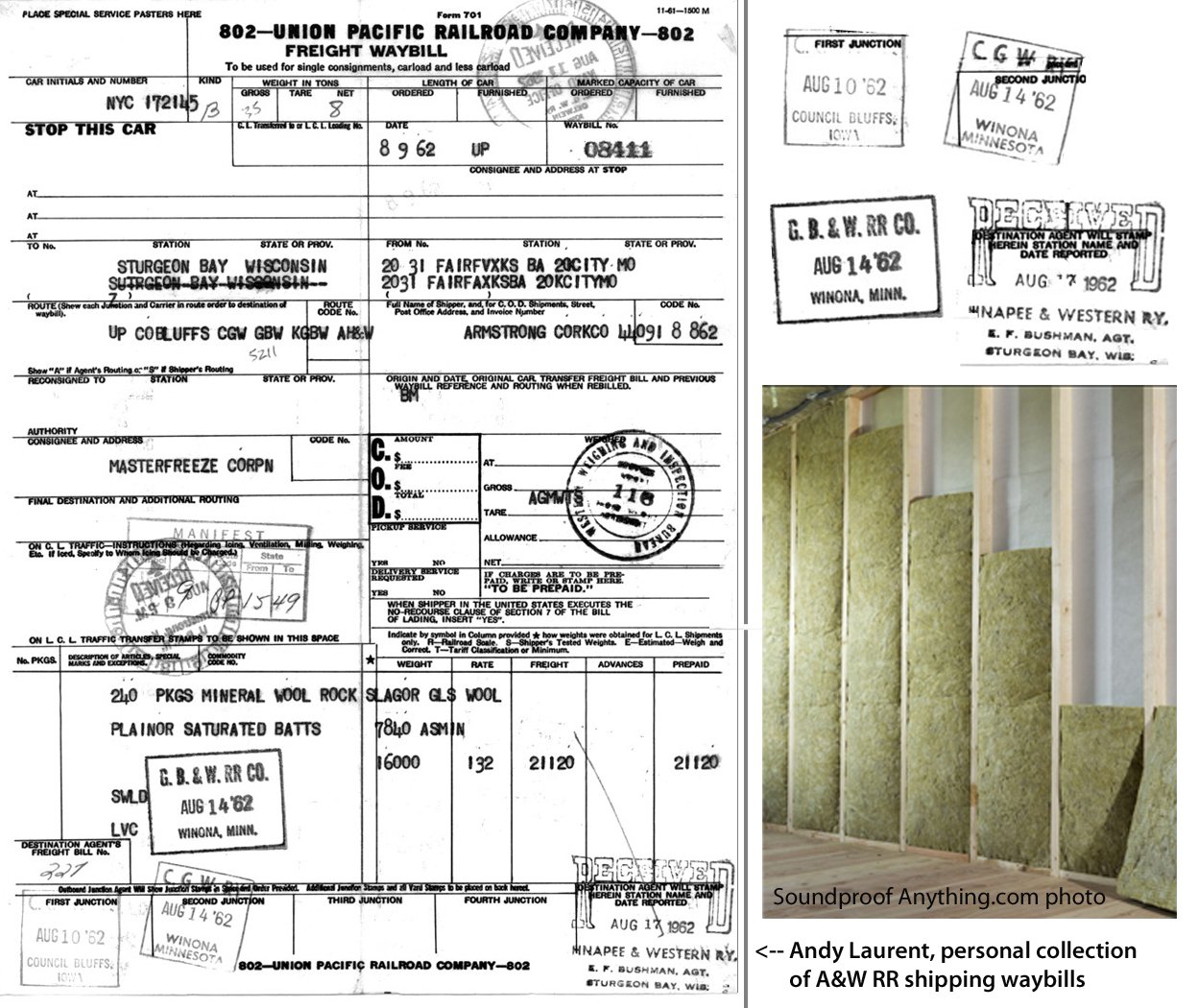
Andy Laurent, sent me this note and the photo: CONTRIBUTED by Andy Laurent: “I have a collection of about 40,000 waybills covering shipments of product on the A&W in the early 1960s. Masterfreeze received mineral rock wool insulation on a fairly regular basis. My understanding is that they unloaded the insulation into one of the warehouses at the Fruit Growers cannery and then truck it as-needed to the factory.”

The National Geographic Magazine published a stunning article in 1968 that kicked off the next wave of tourism—and a building boom! The men at Masterfreeze had gained skills in woodwork, painting, metalwork and a variety of construction techniques, and soon found work.

The big green space, plus parking lot to the right of it, is what remained after the razing of the Masterfreeze building in 2008.

This metal lithograph toy barn is in the collection of the Sister Bay Historical Society. It once belonged to Terry Kramer.

This walk-in cooler is still in use at the Hillside restaurant building, which was a new construction opening in 1966. It is likely one of the very last coolers built by Masterfreeze.